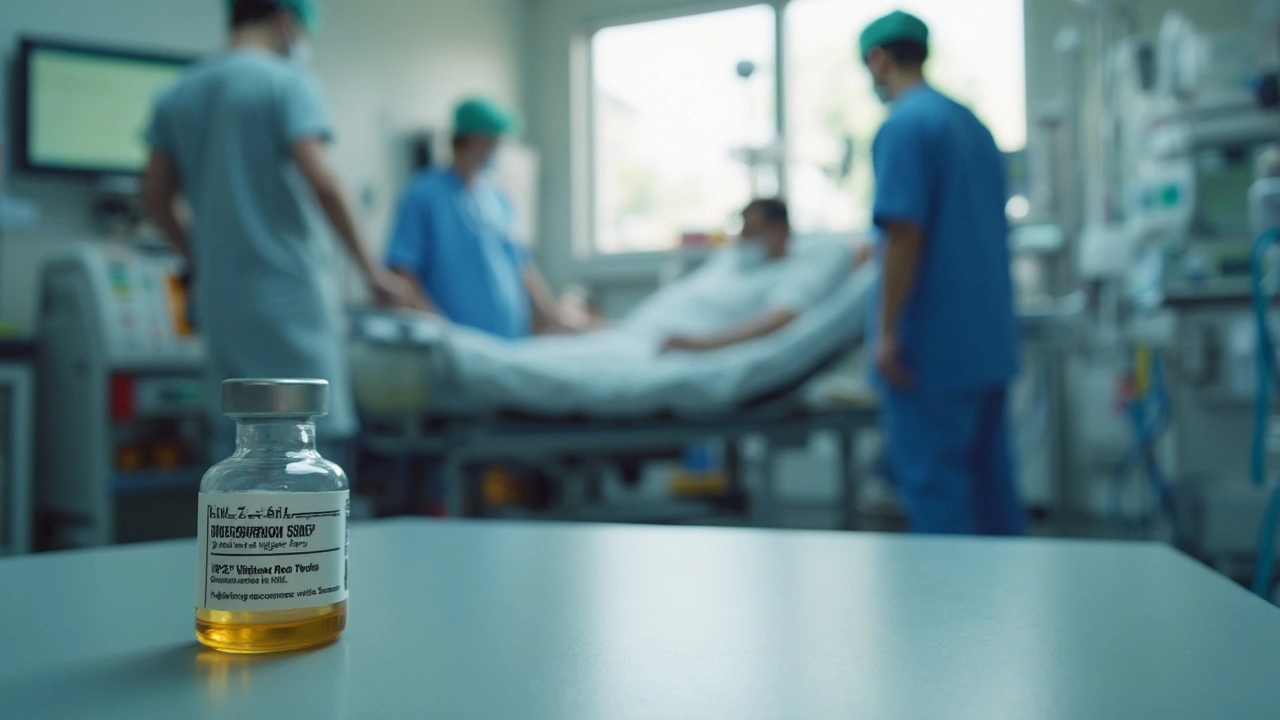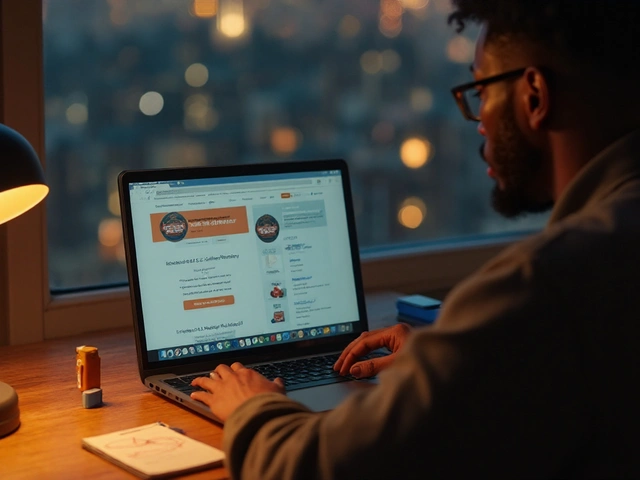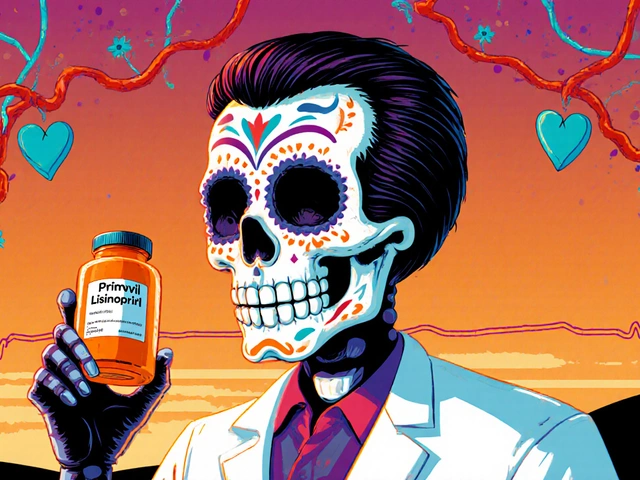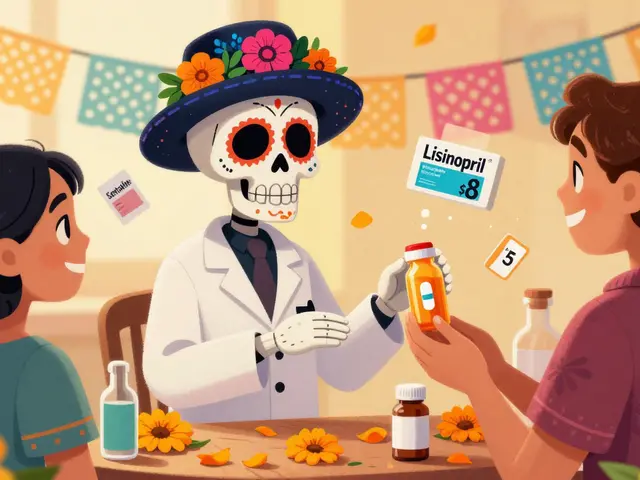Clotting: Signs, Risks, Tests, and What You Can Do
Blood clots can be life-changing if you ignore them. Some clots are small and harmless, others block veins or lungs and need urgent care. Learn how to spot a clot, what raises your risk, and simple steps to reduce danger.
Common warning signs include sudden leg pain or swelling (often one-sided), warmth and redness over a vein, sudden shortness of breath, chest pain that worsens with deep breaths, lightheadedness, or a coughing fit that brings up blood. If you get any of those, get medical help fast. Don’t wait for “it to pass.”
Risk factors that matter: recent surgery, long flights or car trips, smoking, obesity, pregnancy and the postpartum period, cancer, certain hormone therapies, inherited clotting disorders, and having a central line or catheter. Age and immobility also increase risk. Knowing your personal risks helps you act early.
Tests and diagnosis
Doctors use your history and a few simple tests. D-dimer is a blood test that rises when your body makes clots. It's useful to rule out clots when the chance is low. Ultrasound is the main test for deep vein thrombosis (DVT) in the legs. For suspected pulmonary embolism (PE), a CT pulmonary angiogram is the standard scan. Sometimes doctors use a ventilation-perfusion (V/Q) scan instead if CT isn't safe for you.
Quick prevention and home-smart moves
For short trips, move every hour and do calf exercises. On longer travel, stand, walk, and drink water—avoid heavy alcohol. After surgery follow your doctor’s plan: early walking, pressure stockings, and sometimes short-term blood thinners. If you sit for long stretches, flex your ankles and change positions often. Compression stockings help some people, especially if you have a history of clots.
Anticoagulant medicines (warfarin, apixaban, rivaroxaban, dabigatran) lower clot risk but raise bleeding risk. Take them exactly as prescribed. Tell any provider or pharmacist you’re on a blood thinner before procedures or dental work. Watch for serious bleeding signs: black tarry stools, blood in urine, severe bruising, or prolonged bleeding from cuts.
Thinking about buying meds online? Use only licensed pharmacies that require a prescription and offer pharmacist contact. Avoid sites that sell powerful drugs without asking for a prescription. If you need anticoagulants or tests, get a proper prescription through a doctor or telehealth service—self-medicating is dangerous.
If you have a family history of clotting, ask your doctor about a clotting panel before major surgery or if you’re starting hormone therapy. Keep an updated list of your meds and conditions, and wear a medical ID if you’re on long-term anticoagulants. Small steps often make a big difference.
Questions to ask your provider: Do I need blood tests to monitor treatment? How long will I need anticoagulation? Are there signs that mean I should stop the medicine and seek care? Ask about drug interactions, especially with common pain relievers like NSAIDs and herbal supplements. If you travel, ask how to manage doses and carrying prescriptions. Clear answers reduce surprises and help you stay safe.
Keep emergency contacts and records on hand.

Desmopressin can make a real difference after severe trauma causes dangerous bleeding and clotting problems. This article explains how desmopressin works, why doctors turn to it in emergencies, and who actually benefits. You’ll get practical tips and the latest findings that matter for patients and healthcare workers. It’s all about saving lives when time is tight and options are few. You’ll even learn little-known facts about how this medicine is changing trauma care.
Chris Gore Apr 24, 2025




